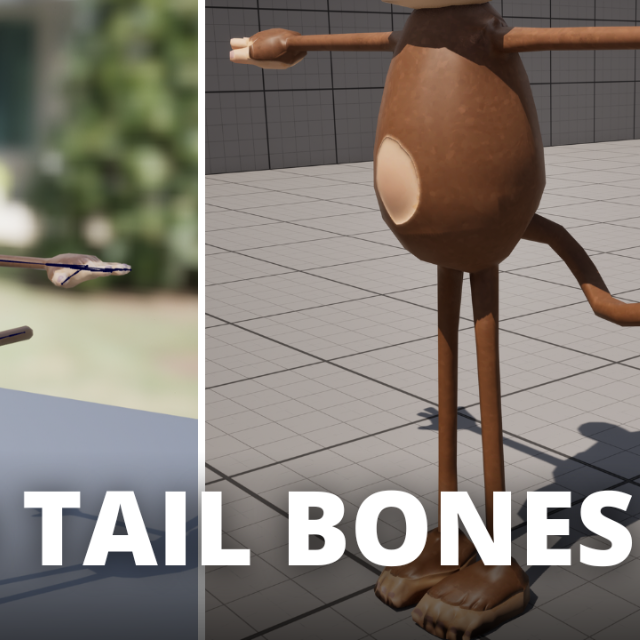The study of bone physics has long captivated researchers, leading to a profound understanding of the intricate dynamics governing skeletal strength. In recent years, a groundbreaking development has emerged that promises to shift traditional paradigms—discovering the microscopic mechanisms that underpin the robustness and resilience of bone structures. By delving into the composite nature of bone and the environmental influences that dictate its strength, researchers are illuminating the wonders of this biological material.
Bones, often perceived merely as static supports for our bodies, are in fact dynamic entities. For years, the prevailing theory held that bone strength was primarily a function of its mineral composition, specifically hydroxyapatite, which provides rigidity and structural integrity. However, recent advancements in microscopy and material science have shown a more nuanced picture. The interplay between molecular structure, geometry, and the biological processes governing bone formation has emerged as pivotal in understanding skeletal strength.
At the heart of this discussion lies the fascinating composition of bone. Bone tissue is a complex composite material, consisting of an organic matrix encased in inorganic minerals. This matrix, primarily constituted of collagen, plays an integral role in bone strength. The collagen fibers, upon closer inspection, exhibit a hierarchical organization, wherein overlapping layers form structures called lamellae. This arrangement not only facilitates the mechanical properties of flexibility and toughness but also allows for the dispersal of stress over a larger area, thus minimizing the risk of fracture.
Moreover, the mineral component—a crystalline structure of hydroxyapatite—enhances the stiffness and load-bearing capacity of bone. However, it is crucial to understand that the contribution of collagen to the resilience of bones cannot be overstated. Investigations into the mechanotransductive properties of bone cells, known as osteocytes, have revealed their sensitivity to mechanical stress. These cells communicate through an interconnected network, adapting the bone’s microarchitecture in response to varying loads. This ability to remodel and adapt reinforces the notion that bones are not merely static structures but are responsive to their mechanical environment.
The emerging field of bone physics is increasingly focusing on the biomechanical principles that dictate how forces are transmitted through skeletal systems. When an external force is applied to a bone, its response is dictated not only by its material composition but significantly by its geometric configuration and the loading conditions. Mechanical engineers and physicists have begun to apply computational models that simulate various loading scenarios, offering insights into how different shapes and distributions of bone mass can influence overall strength and performance.
One particularly intriguing aspect of these studies is the phenomenon of anisotropy, where the material properties of bone differ based on directionality. Bones of various shapes, from long femurs to short phalanges, exhibit unique mechanical properties, depending on their functional demands. For instance, the femur, which experiences loads during activities such as running and jumping, is engineered with a geometry that maximizes strength while minimizing weight. On the other hand, the architecture of vertebrae is optimized for compressive loads, showcasing nature’s engineering prowess.
Furthermore, recent advances in the field have unveiled the role of nano-sized biominerals in bone strength. These nanoscale structures, which contribute to the mechanical properties of bone at the micrometer scale, are influenced by estrogen levels, nutritional factors, and even environmental conditions. This implies that understanding skeletal strength is not merely an academic exercise; it has significant implications for addressing conditions such as osteoporosis and fractures, which afflict millions worldwide.
Interestingly, the interactions between biological and environmental factors have inspired new approaches to enhancing bone strength through exercise, nutrition, and pharmacological interventions. Prolonged mechanical loading, achieved through activities such as resistance training, has been shown to strengthen bones by stimulating osteocyte activity and enhancing mineral deposition. Moreover, dietary factors, such as adequate calcium and vitamin D intake, are crucial for maintaining optimal bone health and preventing diseases characterized by skeletal fragility.
The potential applications of this knowledge extend beyond healthcare into fields such as bioengineering and materials science. The design of synthetic materials that emulate the unique properties of bone could revolutionize the creation of implants and prosthetics. By incorporating lessons learned from the intricate design of natural bone, engineers can develop scaffolds that not only support biological healing but also endure the mechanical stresses experienced by the human body.
As research progresses, the multifaceted nature of bone strength continues to evolve. It is essential to consider the implications of these findings for young athletes exposed to high-intensity training regimens, the elderly facing bone health challenges, and individuals involved in biomechanics. The convergence of biology, physics, and engineering offers an anticipatory glimpse into the future of skeletal research, pushing the boundaries of our understanding and opening new avenues for innovation. The revelation that bone is a living, resilient material that adapts to its environment underscores a paradigm shift in how we view human biology.
In conclusion, the breakthroughs in bone physics illustrate a rich tapestry of interaction between physical forces, biological processes, and environmental conditions. The implications of these discoveries are profound, promising not only to enhance our understanding of skeletal strength but also to inform practical applications that could mitigate injury and foster optimal bone health. As scientists continue to unravel the complexities of bone mechanics, the potential for future innovations in bioengineering and healthcare remains unparalleled.












